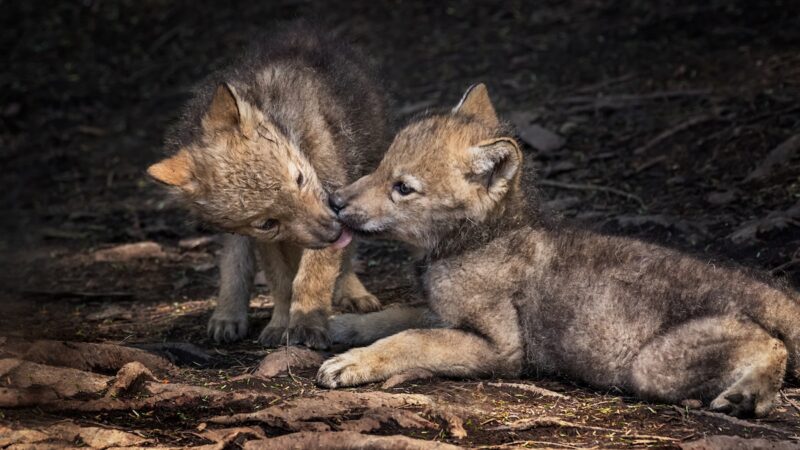6 Unique Natural Spectacles to Witness in U.S. National Parks
If you want to witness something incredible at a national park, you’ve got options. With a little planning and, often, a little luck on your side you can be in the right place at the right time to see an incredible natural spectacle.
Videos by Outdoors
Here are a few natural wonders to catch on your next trip to a U.S. National Park.
1. See a Natural Firefall at Horsetail Falls
Yosemite National Park
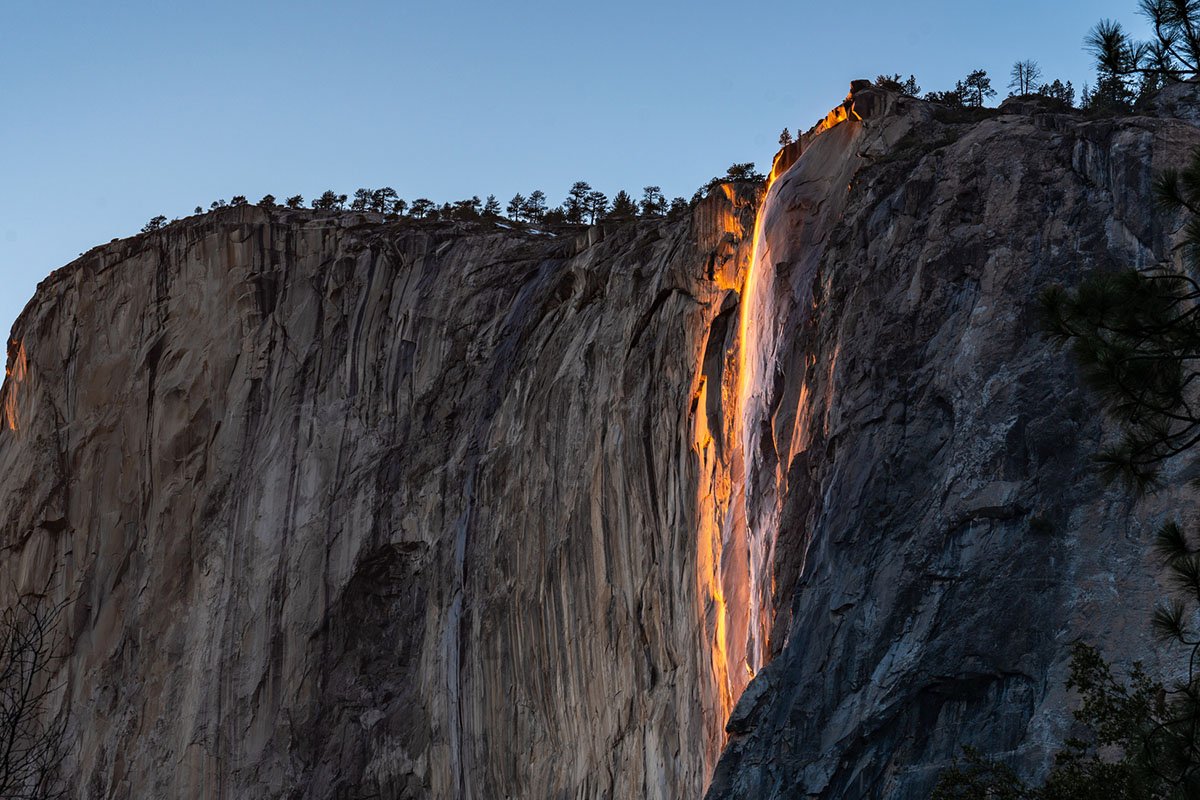
Every year, from mid-to-late February, Yosemite Valley’s Horsetail Falls becomes the center of great curiosity. For most of the year, it is just one of Yosemite National Park’s waterfalls, producing a small stream flowing over the edge of El Capitan. But in February, there’s a natural “firefall,” a rare sight indeed.
If the sun sets at the correct angle, it will illuminate the waterfall for about 5-10 minutes before the sun sets, and the cascading slither of water will glow vibrantly in red and orange. The conditions need to be perfect for this sight to be seen, with clear skies for the sunset and perfect temperatures for a good flow of water from the Horsetail Falls.
2. Watch a Geyser Eruption
Yellowstone National Park, Wyoming
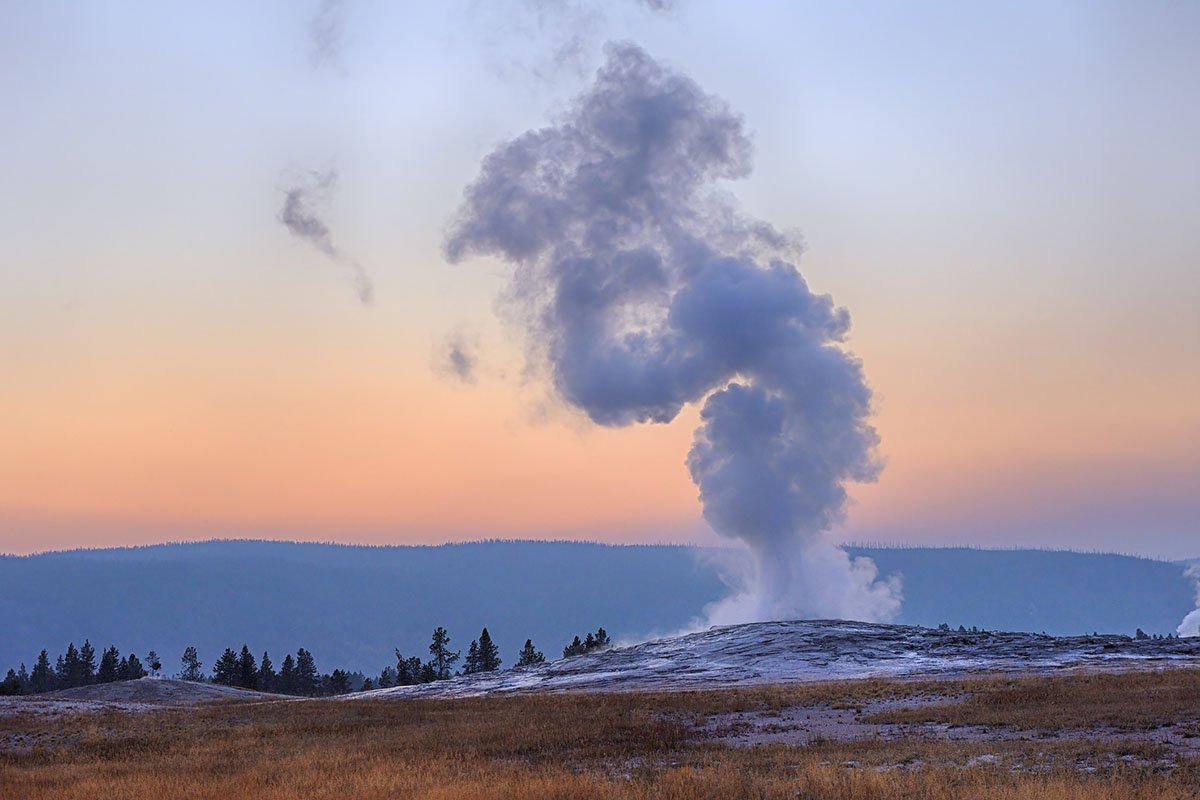
If you’re planning a trip to Yellowstone National Park, it’s likely that a geyser eruption is on your list of things to see. Most of Yellowstone sits on top of an active volcano, resulting in unique thermal activity throughout the park.
Old Faithful is one of 500 geysers in Yellowstone, and for years, it has erupted up to 17 times per day on a regular schedule. However, the largest geyser in the park is the Steamboat Geyser in the Norris Geyser Basin, which is much more unpredictable. In fact, it lay dormant for 3.5 years from 2015-2018, so catching a glimpse of an eruption at Steamboat Geyser can be fairly unusual.
3. Witness a Total Solar Eclipse in 2024
Hot Springs National Park, Arkansas
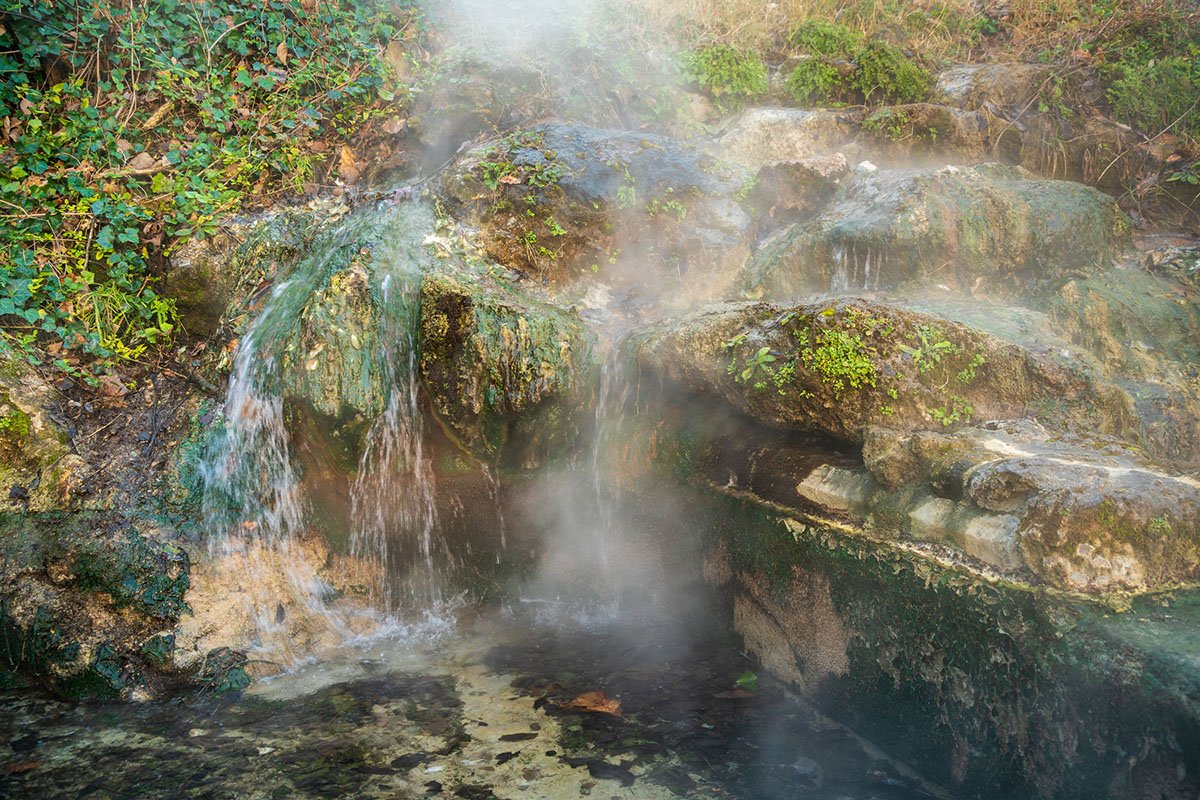
This area is one of two official national parks (alongside Cuyahoga Valley National Park) in the path of totality for the Total Solar Eclipse on Monday, April 8, 2024. A total eclipse occurs when the moon appears to cover the face of the sun.
Hot Springs National Park is nicknamed “The American Spa” and features a series of geothermal pools, many of which you can bathe in today. The waters were used historically for medicinal purposes by Native American tribes. This is one of the oldest areas in the national parks system. It was set aside for preservation in 1832, 40 years before Yellowstone became the first national park in the United States.
4. Catch the Northern Lights
Voyageurs National Park, Minnesota
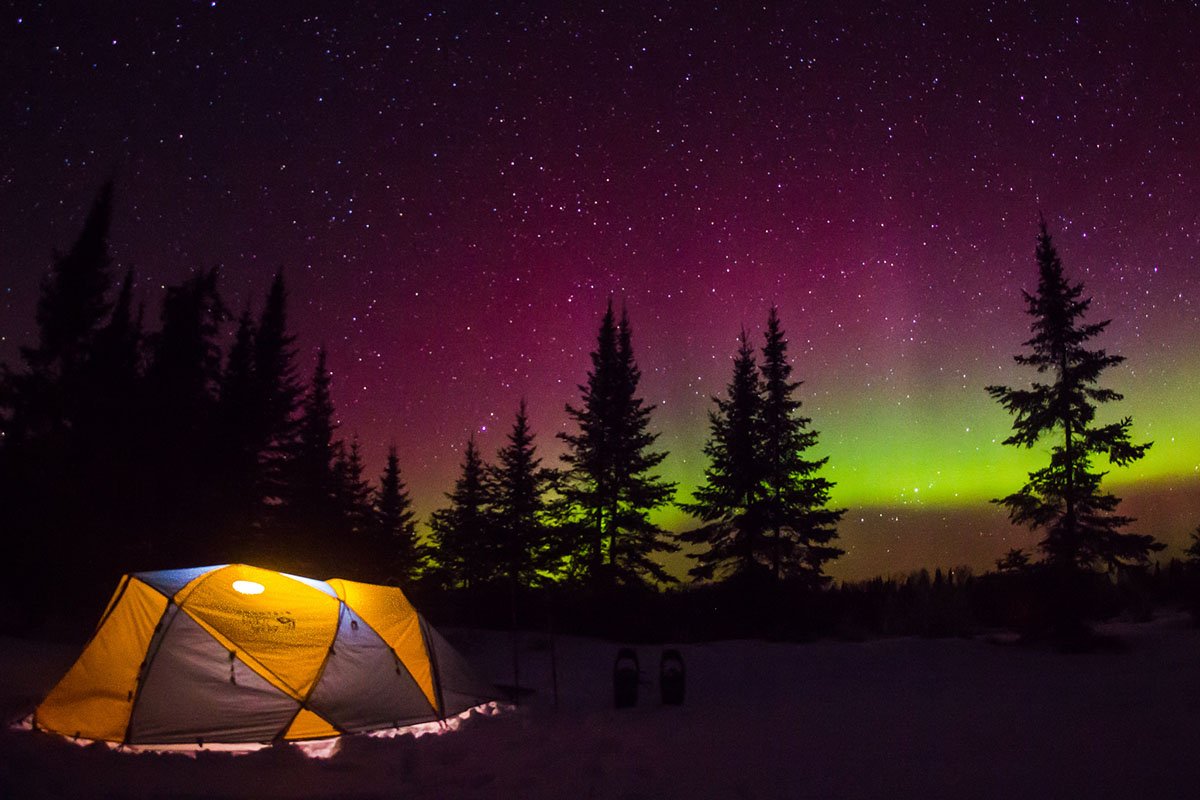
Witnessing the vibrant colors of the aurora borealis, or Northern Lights, dance across the night sky is a bucket-list item for many. The Northern Lights can be seen sporadically over the northern hemisphere, including sections of Voyageurs National Park, which is known for being one of the best places in North America to witness the phenomenon. However, a Northern Lights sighting is still a very special and rare experience. With clear skies, an active aurora, and a little patience, the best viewpoints in the park are the Rainy Lake Visitor Center and the Meadowood Road Day Use Area. A certified Dark Sky Park, this area in northern Minnesota near the Canadian border is also an adventure wonderland for winter-sport enthusiasts.
5. Listen to ‘Singing’ Sand Dunes
Great Sand Dunes National Park, Colorado
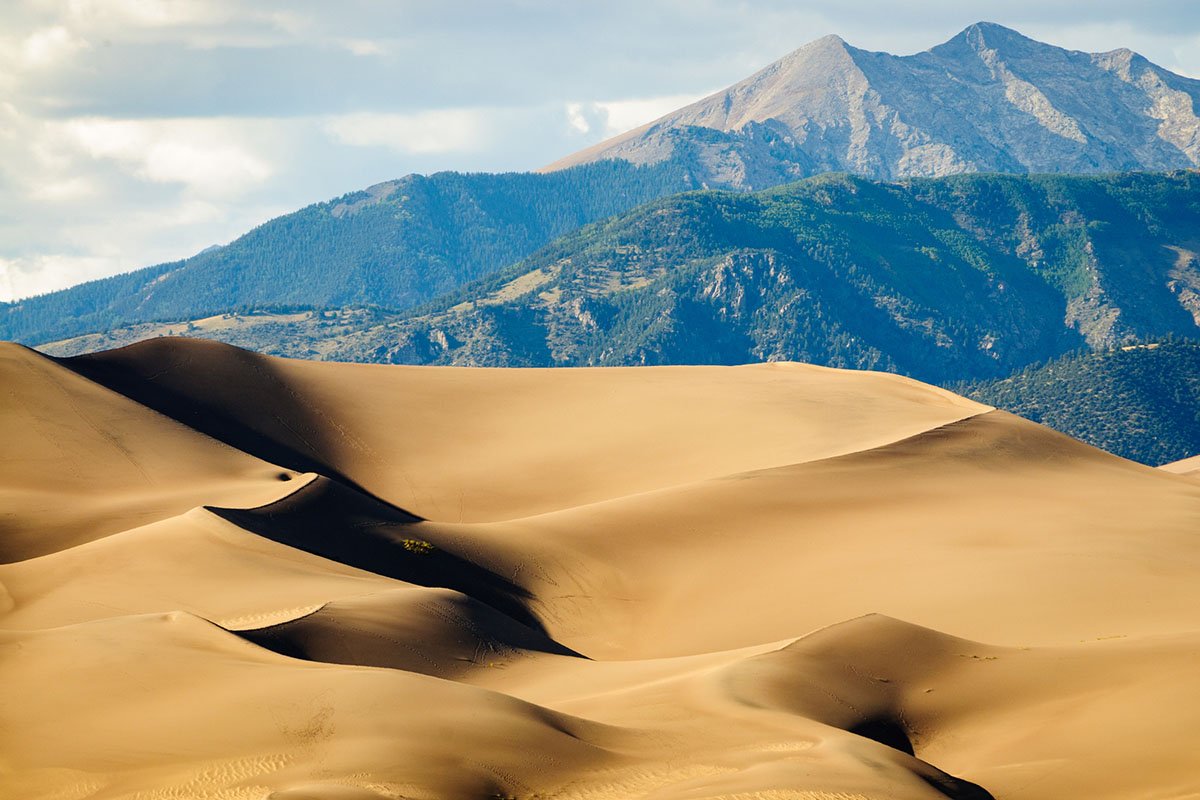
A subject of great fascination among travelers and scientists alike is the unusual sound of the “singing” sand dunes. It can be heard at several desert locations scattered across the world.
At the Great Dunes National Park in the San Luis Valley of Colorado, you’ll find the tallest dunes in North America, standing at 750 feet. The dunes are famous for producing a distinct, booming sound that can be heard from all around. It is created by vibrations caused by sand avalanches when air pushes the sand downwards, creating a hum. The sand dunes are a great place to try some exciting activities, such as sand boarding or sand sledding.
6. View the Sunset through Delicate Arch
Arches National Park, Utah
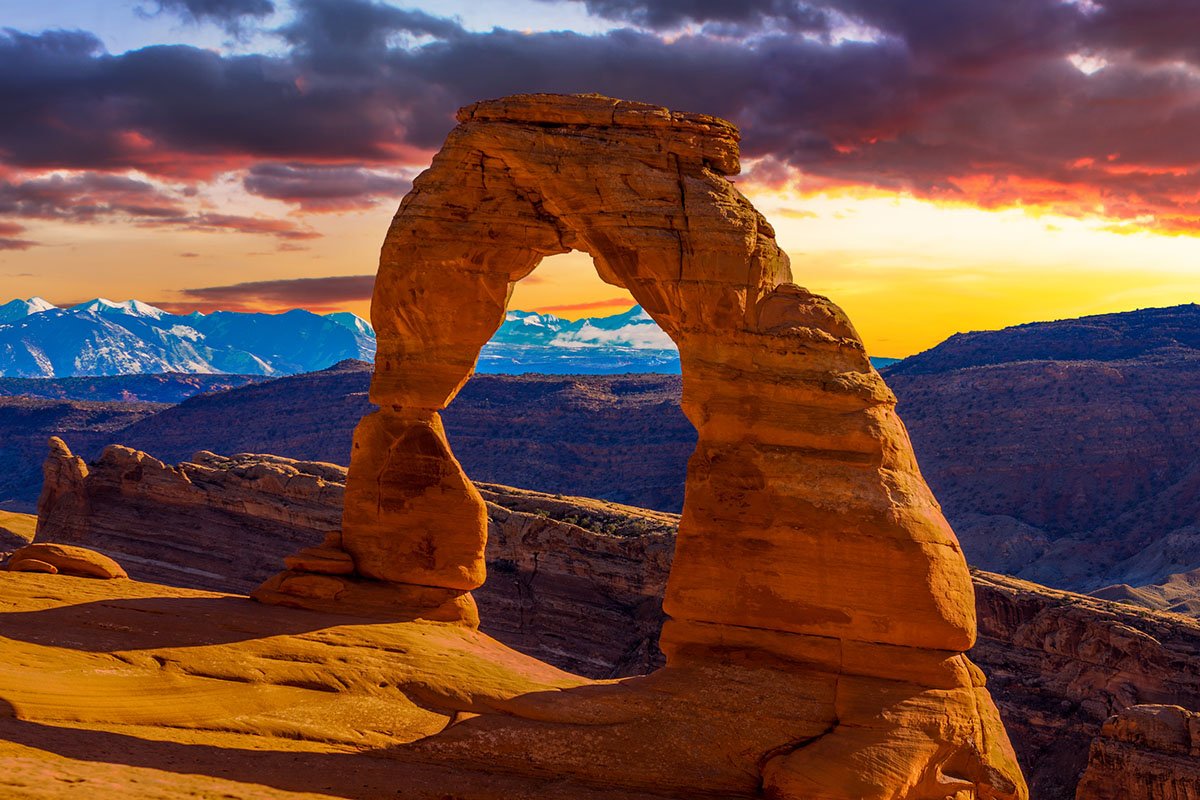
An iconic symbol of Utah, the Delicate Arch is an ancient formation. The sun sets every day, but witnessing it through a sandstone arch is a truly unique experience. A short 1.6-mile sunset hike is a wonderful way to explore this ancient landscape, with cooler temperatures for hiking and perfect golden-hour lighting for photography. As the sun goes down, a warm fiery glow appears through the archway.
The hike is exposed, becoming very hot in the summer and icy in the winter, so layer up and be prepared for strong winds. Another option? Beat the crowds and get up early to do the hike at sunrise.
Source: https://outdoors.com/unique-natural-spectacles-to-witness-in-us-national-parks/





